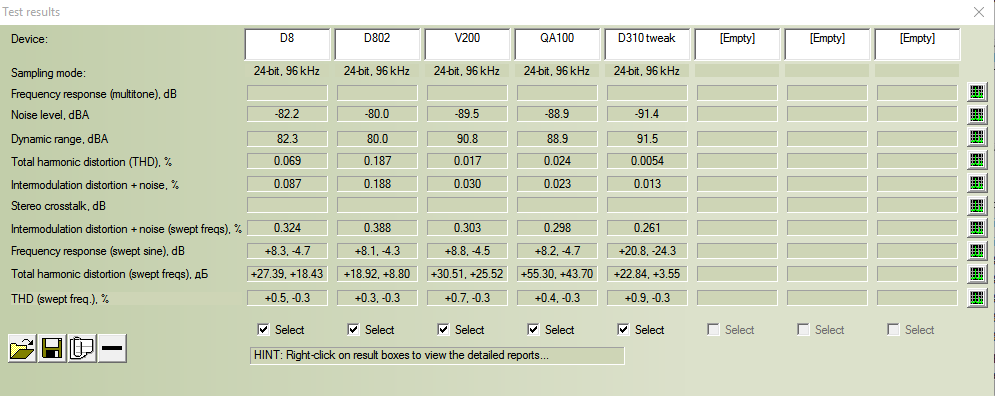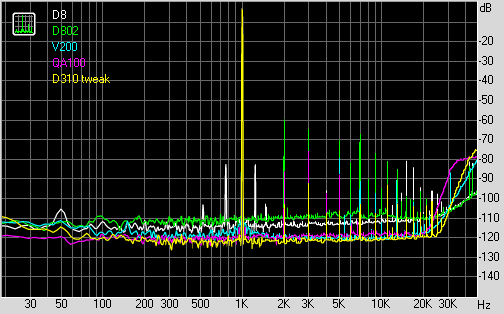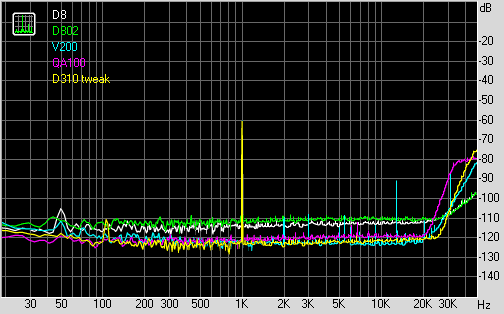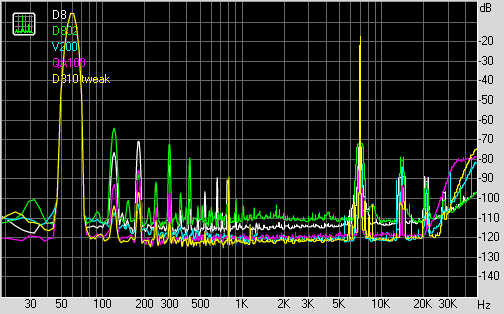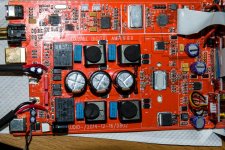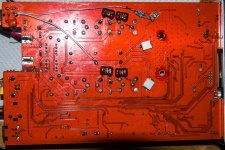Alvipet, just checking; you consider that the JC-SZ80A sounds better than the D802?
Yes, I think so!
Had to open it up and check the version of the board.
Maybe others have same problem with this batch.
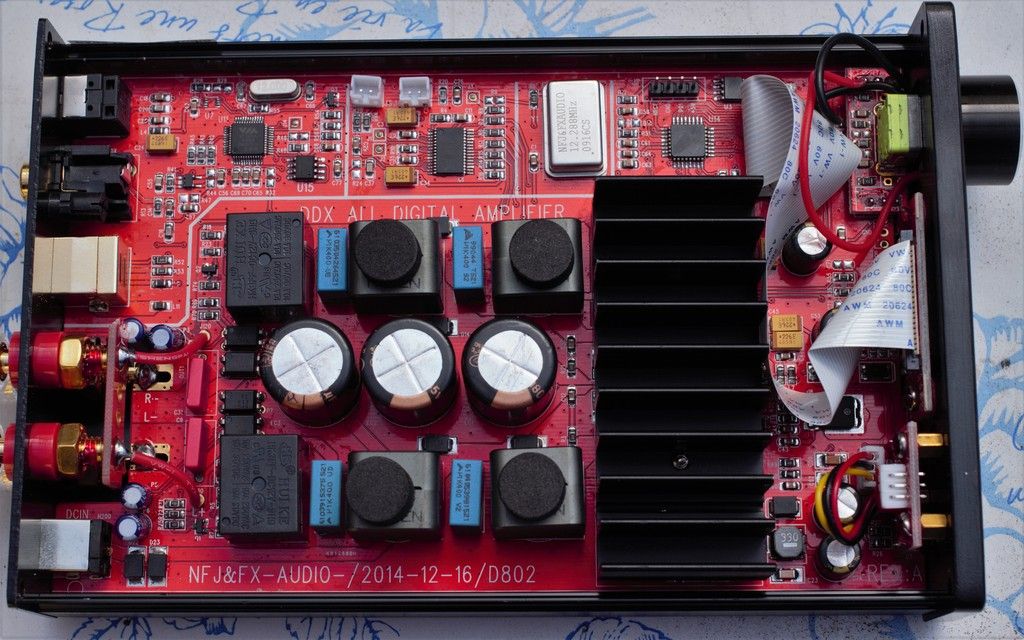
That looks like my board, you can pull out the volume knob and unscrew the ring and pull out the board and look at the underside. You will see the power supply trace.
Unscrew the heatsink and you will see the lm2596, this regulators down the 32v to a lower level for the lm317 to give 3.3v for the digital section of st326 and various digital chips.
I think we can bypass the lm2596 and directly supply a clean external power 7-12V to the lm317 to get some nice improvement.
Of cause replacing the lm317 to some low noise regulator is even better.
Careful listening to d802 hiss levels
OK, to clarify this I have done some careful listening:
With inputs connected but no digital signal playing the amp does seem to automute. I can place my ear next to the speaker and turn volume up to max (99) and it is absolutely silent. I do not hear any pops or discontinuity as the amp transitions between muted and playing but if you have higher audible hiss levels or noisy program material the transitions to silence may be audible - gapless playback recommended.
With volume turned to minimum (1) and my ears next to the speakers the music program is very low and a gentle hiss evident. The hiss is not audible when I move 2m from the speakers and certainly not from my 4m listening position. Turning the amp up to my normal (18) listening level the music becomes much louder but the hiss level does *not* change with volume so it is an intrinsic noise floor for the amp not not the source material.
These tests are with 85db speakers and I find the intrinsic hiss no problem whatsoever. If using much more sensitive speakers and low gain levels (04) the hiss relative to sound level is going to be much higher and I can understand this not being acceptable. I can observe similar too high hiss levels by listening at (04) and my ears against the speaker.
@Solve: As a quick (but probably not acceptable) alternative to modifying the power supply you might recode a music track to 24bit so as to allow some headroom for software volume control, set the amp to (15) or so then apply computer volume control to get the listening levels you want. I'd expect that to be better than listening at (04).
OK, to clarify this I have done some careful listening:
With inputs connected but no digital signal playing the amp does seem to automute. I can place my ear next to the speaker and turn volume up to max (99) and it is absolutely silent. I do not hear any pops or discontinuity as the amp transitions between muted and playing but if you have higher audible hiss levels or noisy program material the transitions to silence may be audible - gapless playback recommended.
With volume turned to minimum (1) and my ears next to the speakers the music program is very low and a gentle hiss evident. The hiss is not audible when I move 2m from the speakers and certainly not from my 4m listening position. Turning the amp up to my normal (18) listening level the music becomes much louder but the hiss level does *not* change with volume so it is an intrinsic noise floor for the amp not not the source material.
These tests are with 85db speakers and I find the intrinsic hiss no problem whatsoever. If using much more sensitive speakers and low gain levels (04) the hiss relative to sound level is going to be much higher and I can understand this not being acceptable. I can observe similar too high hiss levels by listening at (04) and my ears against the speaker.
@Solve: As a quick (but probably not acceptable) alternative to modifying the power supply you might recode a music track to 24bit so as to allow some headroom for software volume control, set the amp to (15) or so then apply computer volume control to get the listening levels you want. I'd expect that to be better than listening at (04).
That looks like my board, you can pull out the volume knob and unscrew the ring and pull out the board and look at the underside. You will see the power supply trace.
Unscrew the heatsink and you will see the lm2596, this regulators down the 32v to a lower level for the lm317 to give 3.3v for the digital section of st326 and various digital chips.
I think we can bypass the lm2596 and directly supply a clean external power 7-12V to the lm317 to get some nice improvement.
Of cause replacing the lm317 to some low noise regulator is even better.
Replacing the LM317 seems easier but with what?
OK, to clarify this I have done some careful listening:
With inputs connected but no digital signal playing the amp does seem to automute. I can place my ear next to the speaker and turn volume up to max (99) and it is absolutely silent. I do not hear any pops or discontinuity as the amp transitions between muted and playing but if you have higher audible hiss levels or noisy program material the transitions to silence may be audible - gapless playback recommended.
With volume turned to minimum (1) and my ears next to the speakers the music program is very low and a gentle hiss evident. The hiss is not audible when I move 2m from the speakers and certainly not from my 4m listening position. Turning the amp up to my normal (18) listening level the music becomes much louder but the hiss level does *not* change with volume so it is an intrinsic noise floor for the amp not not the source material.
These tests are with 85db speakers and I find the intrinsic hiss no problem whatsoever. If using much more sensitive speakers and low gain levels (04) the hiss relative to sound level is going to be much higher and I can understand this not being acceptable. I can observe similar too high hiss levels by listening at (04) and my ears against the speaker.
@Solve: As a quick (but probably not acceptable) alternative to modifying the power supply you might recode a music track to 24bit so as to allow some headroom for software volume control, set the amp to (15) or so then apply computer volume control to get the listening levels you want. I'd expect that to be better than listening at (04).
This is a desktop setup with my 90db speakers less than one meter from my ears so low level listening mostley.
I powered it with 12v instead of my 24v and that sort of helped when I had to
raise the volume and pass the noise treshold.
And no noise from 0 to 99 so maybe the LM317 is the problem.
But not the solution I realy want.
And gapless playback for a stupid mute function I dont buy.
Does the JC-SZ80A auto mute between songs?
Seems like all power DACs are working the same way: if you do not have input signal there is no any output amplification and and vice versa
The LM317 is in sot-223 package, which is much more difficult. And one of them is under the heatsink.
I think another problem is the lm2596 which is a switching regulator, even with a 330uh choke at output, I am not sure how much high frequency noise is reduced. Since my input voltage is below 25v, I might just replace it with a lm7812 which does not create more noise. My latest thought is to tap the power from above and pull a wire to the lm7812 (or something) with output to the input of choke (the lm2596 will be removed).
I think another problem is the lm2596 which is a switching regulator, even with a 330uh choke at output, I am not sure how much high frequency noise is reduced. Since my input voltage is below 25v, I might just replace it with a lm7812 which does not create more noise. My latest thought is to tap the power from above and pull a wire to the lm7812 (or something) with output to the input of choke (the lm2596 will be removed).
To bad you cant choose with an on-off button but it looks like it flashed in the firmware of St326 and maybe all of the similar chips.Seems like all power DACs are working the same way: if you do not have input signal there is no any output amplification and and vice versa
The LM317 is in sot-223 package, which is much more difficult. And one of them is under the heatsink.
I think another problem is the lm2596 which is a switching regulator, even with a 330uh choke at output, I am not sure how much high frequency noise is reduced. Since my input voltage is below 25v, I might just replace it with a lm7812 which does not create more noise. My latest thought is to tap the power from above and pull a wire to the lm7812 (or something) with output to the input of choke (the lm2596 will be removed).
You have a plan even if it seems not an easy task.
For me that should solve the problem but I dont have the skill to sort that out.Could it be possible to lower the gain of the D802?
My TPA3118D2 is very quit with the 20db gain mod.
Dont know if this exactly is same as mine but maybe someone understand if it
possible to change the gain setting.
http://www.st.com/content/ccc/resou...df/jcr:content/translations/en.CD00062804.pdf
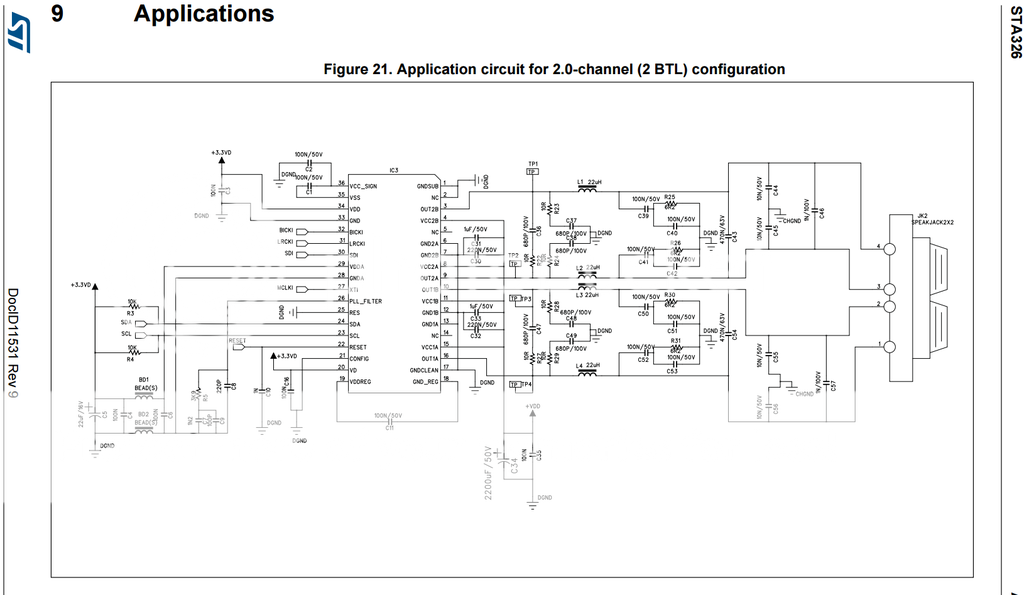
possible to change the gain setting.
http://www.st.com/content/ccc/resou...df/jcr:content/translations/en.CD00062804.pdf

I don't think there is a way to set gain by hard wire. The only setting possible for st326 is in software mode.
A correction for the D802 two LM317 voltage, the one under the heatsink output 5V, the other one is 3.3V.
A correction for the D802 two LM317 voltage, the one under the heatsink output 5V, the other one is 3.3V.
I looked after any software settings in the programmable for the gain but can'tI don't think there is a way to set gain by hard wire. The only setting possible for st326 is in software mode.
A correction for the D802 two LM317 voltage, the one under the heatsink output 5V, the other one is 3.3V.
find any.
So, maybe i'ts bad components like the LM317?
Here are couple pic from the modded D802. Still work in process, as you can see from the LM2596 legs being pull out. I have put additional caps in various places and will probably add more later.
What did you use instead of LM2596?
Any improvements?
What did you use instead of LM2596?
Any improvements?
Basically you can use any regulator if you mount it elsewhere, just made sure to correctly solder the input, output, ground pads.
I used a lt1963 board and put it on top of the power caps, the problem is the max input voltage is only 20V. I will have to give it a separate power supply in the future. Right now, the main supply is linear supply of 32V with LT1083 regulate to 20V.
No time to do serious listen yet, but this is a very good sounding amp for that low low price (after tweak). Note I have never used the original switching power supply.
Basically you can use any regulator if you mount it elsewhere, just made sure to correctly solder the input, output, ground pads.
I used a lt1963 board and put it on top of the power caps, the problem is the max input voltage is only 20V. I will have to give it a separate power supply in the future. Right now, the main supply is linear supply of 32V with LT1083 regulate to 20V.
No time to do serious listen yet, but this is a very good sounding amp for that low low price (after tweak). Note I have never used the original switching power supply.
Is the noice lower or what is good "after tweak"?
Maybe LT3015 would be a good replacement.
Is the noice lower or what is good "after tweak"?
Maybe LT3015 would be a good replacement.
LT3015 is a negative regulator. I was planning to use LT3088 as replacement of 317.
- Home
- Amplifiers
- Class D
- I AM D v200, Fx Audio d802, optimisation and TPA3116
